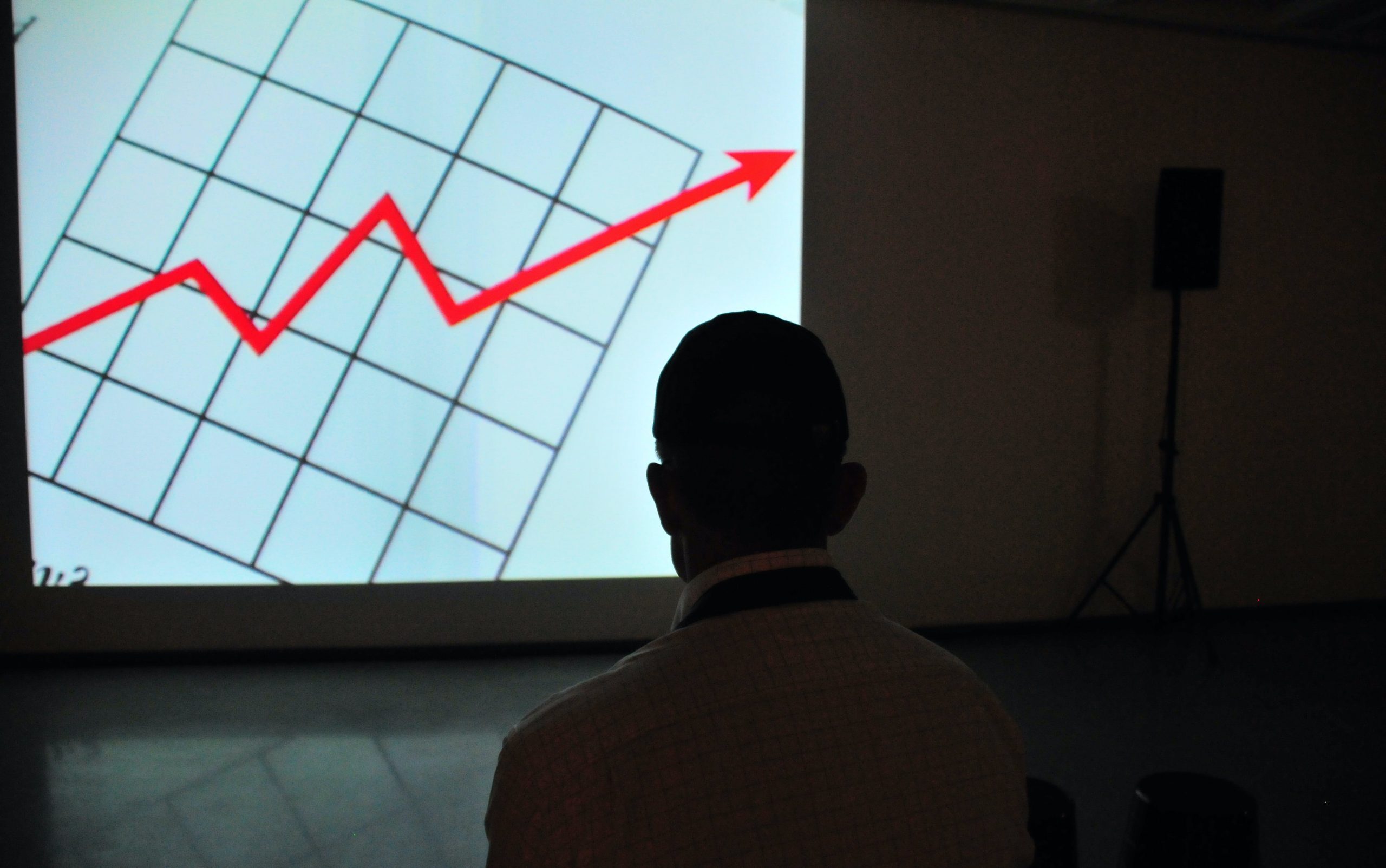In the world of goal setting and performance measurement, leading and lagging indicators play a pivotal role in helping organisations track progress and achieve success. While they may sound like technical jargon, understanding these two types of metrics is essential for making informed decisions and driving meaningful results.
In this article, we’ll explore the key differences between leading and lagging indicators, their role in performance measurement, and how to use them effectively within frameworks like OKRs (Objectives and Key Results).
What Are Leading vs Lagging Indicators?
Leading indicators are predictive metrics that provide foresight into potential outcomes. They offer a real-time glimpse of what’s likely to happen, allowing teams to make adjustments before final results are achieved. For instance, the number of sales calls made in a week can serve as a leading indicator for revenue growth.
In contrast, lagging indicators are backward-looking metrics that reflect past performance. They show the outcomes of actions taken, such as total revenue earned in a quarter or the number of new customers acquired. While they confirm whether objectives have been met, they lack the predictive power of leading indicators.
By combining these two types of metrics, organisations can strike a balance between proactive decision-making and accurate performance evaluation.
What is the Role of Leading Indicators in Goal Setting?
Leading indicators are the "early warning systems" of performance measurement. They focus on inputs—actions or behaviours that influence future results. By tracking these forward-looking metrics, teams can anticipate challenges, identify trends, and adapt their strategies in real-time.
For example, in a marketing campaign, leading indicators might include metrics like website traffic, email open rates, or social media engagement. These data points reveal how well the campaign is resonating with the audience, enabling marketers to make timely adjustments.
Why Are Leading Indicators Important?
- They provide actionable insights that support proactive decision-making.
- They help identify potential risks and opportunities before outcomes are determined.
- They align daily activities with long-term goals.
For organisations looking to build effective goal-setting frameworks, programs like the OKR Foundation Course offer practical training to define and monitor these metrics effectively.
Examples of Leading Indicators:
- Number of product demos conducted.
- Employee training hours logged.
- Customer inquiries received.
Tracking these indicators keeps teams focused on the right activities and ensures they’re moving in the direction of their goals.

What are Lagging Indicators, and Why are They Important?
Lagging indicators are outcome-based metrics that confirm the success or failure of previous actions. Unlike leading indicators, they cannot be influenced directly, as they reflect results that have already occurred.
For example, an organisation’s annual revenue is a lagging indicator of its sales and operational efforts. Similarly, customer retention rates measure the effectiveness of a company’s customer service strategies.
Why Are Lagging Indicators Important?
They validate whether objectives have been achieved.
- They offer clear, measurable results for reporting and accountability.
- They help organisations benchmark their performance against past results or industry standards.
For companies rolling out OKR programs, a structured process like the OKR Implementation service ensures the right lagging indicators are in place to assess long-term outcomes.
Examples of Lagging Indicators:
- Net Promoter Score (NPS)
- Quarterly revenue growth
- Employee turnover rate
By understanding the limitations of lagging indicators, businesses can use them alongside leading indicators for a more comprehensive approach to performance measurement.
What Is the Difference Between Leading and Lagging Indicators?
Feature | Leading Indicators | Lagging Indicators |
|---|---|---|
Focus | Predictive | Retrospective (past results) |
Timing | Proactive (real-time insights) | Reactive (after-the-fact measurement) |
Examples | Sales calls made, website traffic | Revenue, customer churn rate |
Use Case | Adjusting strategies, identifying risks | Validating strategies, benchmarking |
For team leaders looking to deepen their understanding of how to balance these metrics, the Leading Team OKR Course provides valuable insights and actionable strategies.
How Do Leading and Lagging Indicators Work Together?
Leading and lagging indicators are most effective when used together. They create a feedback loop that helps organisations stay agile while maintaining a focus on long-term objectives.
Example in Action:
Imagine a fitness goal of losing 5 kilograms in three months.
- Leading Indicators: Daily calorie intake, weekly hours of exercise.
- Lagging Indicator: Total weight loss measured at the end of three months.
The leading indicators ensure consistent effort, while the lagging indicator measures the overall success of the programme.
For organisations seeking to optimise their use of indicators in the workplace, programs like the OKR Bootcamp offer intensive training on integrating these metrics into day-to-day operations.Conclusion: Why Leading and Lagging Indicators Matter
Leading and lagging indicators are indispensable tools for organisations striving to achieve their goals. While leading indicators offer a glimpse into the future, lagging indicators provide the confirmation needed to validate efforts. Together, they create a powerful system for measuring progress and driving success.
By integrating these metrics into frameworks like OKRs, businesses can align their strategies with actionable insights, ensuring they remain competitive and adaptable.
To learn more about how to master OKRs and use these metrics effectively, consider exploring OKR Training Courses designed for teams and individuals.


 Understand essential OKR ideas quickly
Understand essential OKR ideas quickly Use in OKR workshop to keep everyone on track
Use in OKR workshop to keep everyone on track Gives you the confidence to talk OKR
Gives you the confidence to talk OKR We respect your privacy. Your information is safe and will never be shared.
We respect your privacy. Your information is safe and will never be shared.